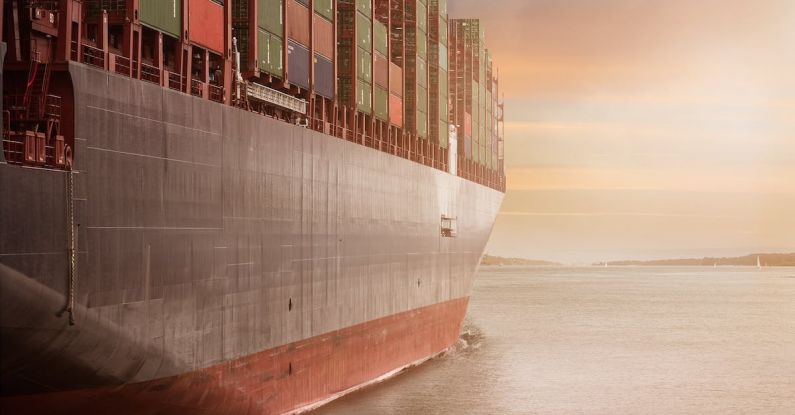What Are the Benefits of Global Supply Chain Diversification?
The global supply chain landscape has significantly evolved in recent years, with businesses expanding their operations across borders to tap into new markets and resources. One key strategy that companies are increasingly adopting is diversifying their supply chains across multiple regions. This approach involves spreading production and sourcing activities across different countries to mitigate risks and enhance operational efficiency. In this article, we will explore the benefits of global supply chain diversification and why it has become a critical strategy for businesses in today’s interconnected world.
**Mitigation of Risks**
One of the primary advantages of global supply chain diversification is the mitigation of risks associated with over-reliance on a single source or region. By spreading production facilities and suppliers across different countries, companies can reduce their exposure to disruptions such as natural disasters, political instability, or trade conflicts. For example, a company that sources all its raw materials from a single country may face significant challenges if that country experiences a sudden disruption in supply. Diversifying the supply chain helps to buffer against such risks and ensures continuity of operations even in the face of unforeseen events.
**Enhanced Flexibility and Responsiveness**
Global supply chain diversification also offers businesses greater flexibility and responsiveness to changing market conditions. By having multiple sourcing options in different regions, companies can quickly adapt to fluctuations in demand, currency exchange rates, or regulatory changes. This agility is crucial in today’s fast-paced business environment, where market dynamics can shift rapidly. Companies that have diversified their supply chains are better equipped to pivot their operations and meet evolving customer needs effectively.
**Cost Optimization**
While global supply chain diversification may involve initial investments in setting up operations in multiple regions, it can lead to long-term cost savings. By spreading production facilities across different countries, companies can take advantage of lower labor costs, tax incentives, or economies of scale in each region. This can help to optimize production costs and improve overall profitability. Additionally, diversifying the supply chain can reduce transportation costs and lead times by sourcing materials or components from closer proximity to end markets.
**Access to New Markets and Resources**
Another significant benefit of global supply chain diversification is the access to new markets and resources. By expanding operations into different regions, companies can tap into diverse customer bases, benefit from local expertise, and access new technologies or raw materials that may not be available in their home country. This can help businesses to drive innovation, expand their product offerings, and stay competitive in a global marketplace. Diversifying the supply chain also enables companies to leverage regional strengths and develop strategic partnerships that foster growth and sustainability.
**Resilience and Sustainability**
In an increasingly interconnected world, building a resilient and sustainable supply chain is essential for long-term success. Global supply chain diversification plays a crucial role in enhancing resilience by reducing dependency on any single source or region. By spreading risks and opportunities across multiple locations, companies can better withstand external shocks and ensure business continuity. Furthermore, diversifying the supply chain can contribute to sustainability goals by promoting ethical sourcing practices, reducing carbon footprint through localized production, and supporting local communities.
**In Summary**
Global supply chain diversification offers a multitude of benefits for businesses looking to enhance efficiency, mitigate risks, and drive growth in today’s complex business environment. By spreading production facilities, sourcing activities, and partnerships across multiple regions, companies can build a more resilient, agile, and sustainable supply chain that enables them to thrive in a rapidly changing global marketplace. Embracing diversification as a strategic imperative can position businesses for success and unlock new opportunities for innovation and expansion.







